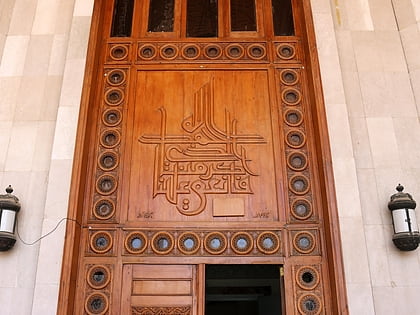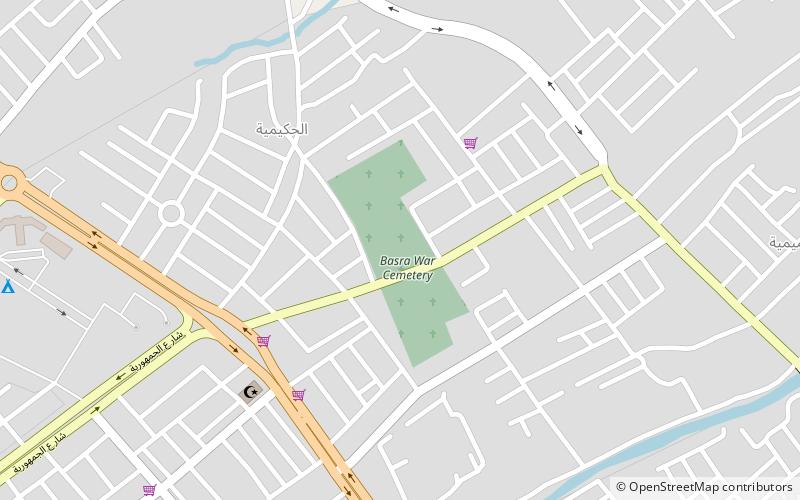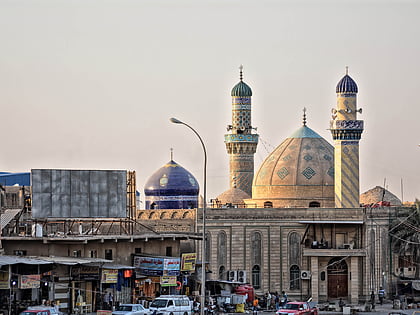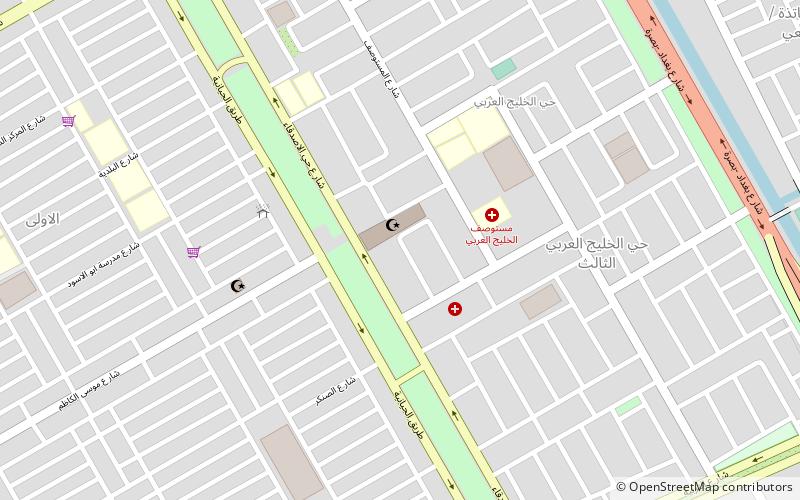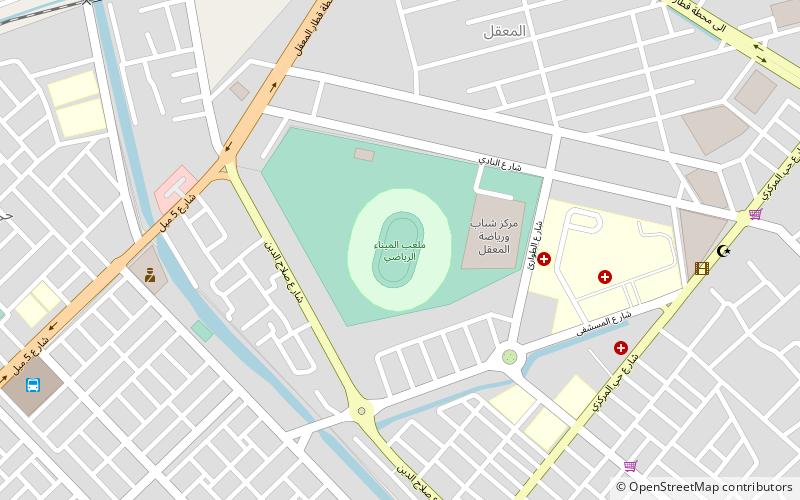Basrah Museum, Basra
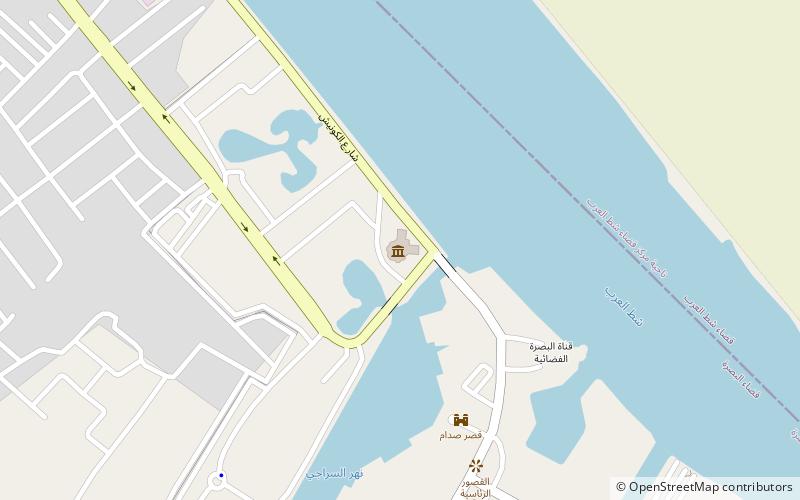
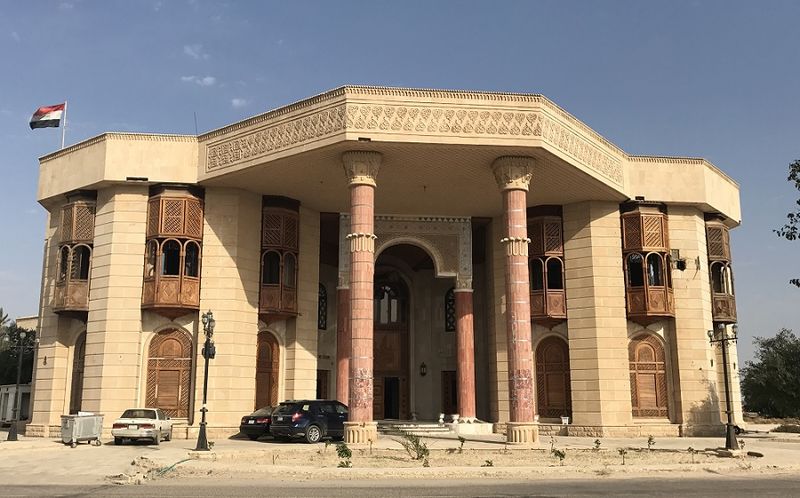
Facts and practical information
Nestled in the heart of the city of Basra, Iraq, the Basrah Museum stands as a beacon of culture and history in a region steeped in the legacy of ancient civilizations. This museum, which is housed in one of Saddam Hussein's former palaces, offers a unique glimpse into the rich tapestry of Mesopotamian heritage.
The Basrah Museum was officially opened to the public in September 2016, marking a significant milestone in the preservation of Iraqi history and culture. The museum's location is particularly symbolic as Basra itself is a historic city, often referred to as the Venice of the Middle East due to its network of canals and its proximity to the legendary Shatt al-Arab waterway.
Upon entering the museum, visitors are transported through time as they explore a collection that spans from the early Sumerian civilization to the present day. The museum is divided into several galleries, each dedicated to different periods, including Sumerian, Babylonian, Assyrian, and Islamic. Among the artifacts on display are pottery, coins, sculptures, and other antiquities that tell the story of Iraq's long and complex history.
One of the highlights of the Basrah Museum is its focus on local heritage. It showcases artifacts that were excavated from the nearby ancient city of Ur, the birthplace of the Prophet Abraham and a key site for understanding the early urban civilizations that flourished in Mesopotamia.
For those interested in the more recent history of Iraq, the museum also provides insights into the nation's struggle and resilience. The transformation of the palace, once a symbol of dictatorship, into a space for learning and reflection is a powerful statement of Iraq's desire to reclaim and celebrate its cultural identity.
Basra
Basrah Museum – popular in the area (distance from the attraction)
Nearby attractions include: Basra War Cemetery, Basra Sports City, Al-Maqam Mosque, Imam Mosa Al Kadhim Grand Mosque.
